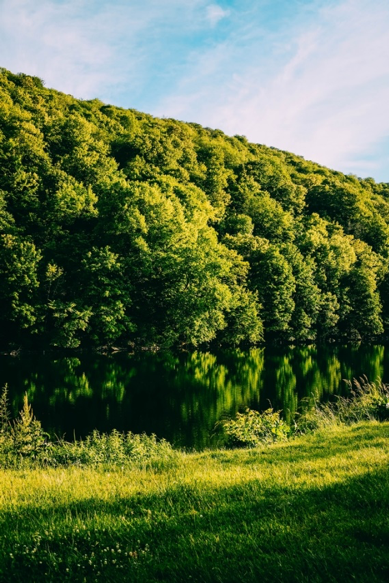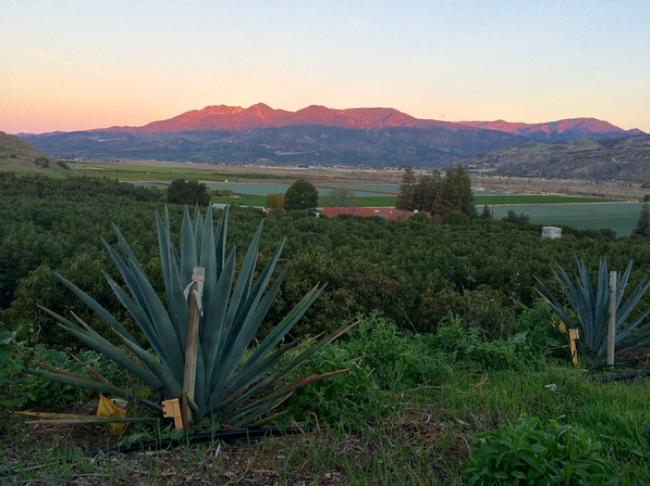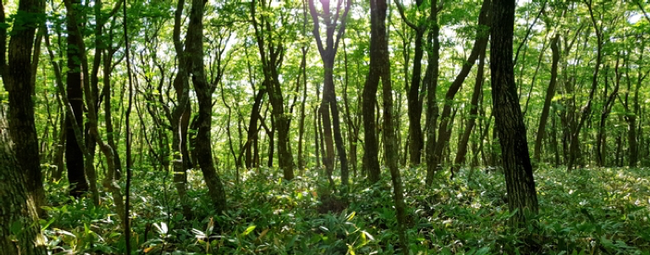There has been much buzz and renewed interest recently in planting trees as a tool to combat both the causes and impacts of climate change. But what role do trees play in climate-smart agriculture?
With respect to building healthy soils, tree canopy and leaf litter can provide protection against wind erosion and temperature extremes. Tree roots can help stabilize soils, increase nutrient cycling, and improve soil biota representative of a healthy soil system. The incorporation of trees and shrubs on agricultural landscapes, known as agroforestry, blends the practices of forestry and agriculture and can provide many ecological and economic benefits.
The USDA defines agroforestry as “the intentional combination of agriculture and forestry to create productive and sustainable land use practices” [1]. In theory, it really is this simple: adding trees or shrubs to an agricultural landscape. In practice, like most things in agriculture, it is more nuanced and, of course, site specific. Agroforestry includes a suite of practices with varying degrees of complexity that yield systems also of varying degrees of complexity. The most common agroforestry practices in the U.S. are: alley cropping, silvopasture, riparian buffers, windbreaks, and multi-story cropping (also referred to as forest farming).
Like many of the practices that fall under the header of climate-smart agriculture, agroforestry is both old and new. While the term agroforestry is relatively new, agroforestry has been practiced for millennia, yielding diverse, multistoried food forests in both temperate and tropical climates. The recent interest in agroforestry of the last few decades has been driven in part by the desire to apply the benefits of perennial agriculture to address some of the challenges of row crop and animal agricultural systems.
When considering transitioning to agroforestry practices, it is crucial to understand in advance how the incorporation of perennial woody plants will impact your existing operation. Select trees and shrubs that will grow well in your climate and the specific conditions of your farm, and will complement - not compete with! - existing crops or pasture.

In addition to plant selection, site design and management are also key. For example, where you plant trees or shrubs on your farm in relation to other crops or other elements of your farm can determine whether there is synergy or competition for water and nutrients. Site design can also determine the need for different types of management, such as in alley cropping systems where the widths of the “alleys” between rows of trees must factor in the size of any machinery used.
A local example of agroforestry in action is at King & King Ranchin Fillmore. The King family received a Healthy Soils Program Incentive Grantaward to establish a windbreak along a 32-acre plot that is transitioning out of vegetable cultivation. The windbreak will protect the soil from the intense Santa Ana winds that sweep through the valley, establish living roots, sequester carbon in the woody biomass of the trees, and provide habitat for local pollinator and bird populations.

We will be highlighting more about agroforestry practices and the efforts of local producers in future blogposts, so stay tuned!
[1] USDA National Agroforestry Center. Agroforestry Practices. 2019. Available online: https://www.fs.usda.gov/nac/practices/index.shtml (accessed on 31 August 2018).
